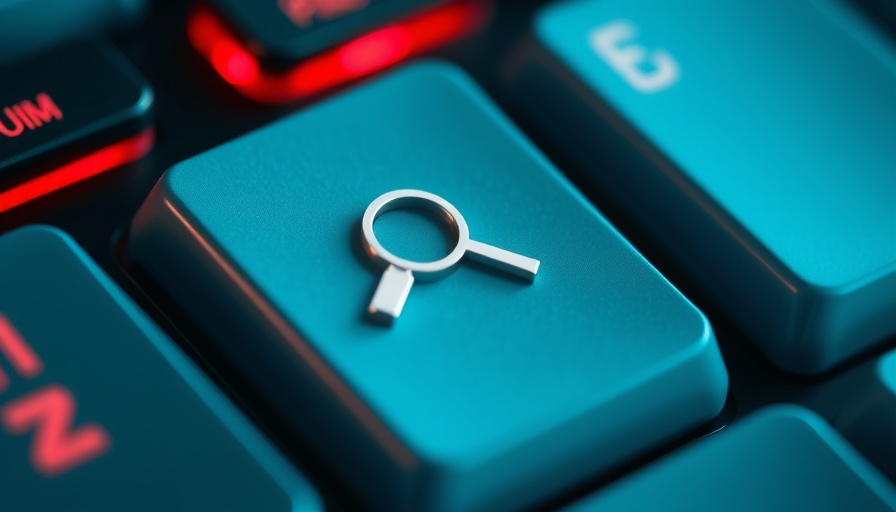
Can You Trust AI Detection Tools? Here’s What Happened
In recent weeks, a heated discussion surfaced on social media platforms regarding a photo tweeted by French politician Jean-Luc Mélenchon. This sparked claims that he had modified an image of a protest using artificial intelligence. But what actually happened? Despite claims from several users and AI detection tools labeling the image as potentially AI-generated, it turns out the image was genuine, showcasing real protesters carrying numerous flags, including the French flag.
The Power of Misinterpretation
The initial tweet from Mélenchon depicted an anti-Islamophobia protest in Paris, featuring supporters with a multitude of flags. However, some skeptics pointed to specific characteristics, like oddly shaped hands, to assert that the image was manipulated. Even AI detection tools like Sightengine and Decopy AI backed these claims, presenting probabilities of the image being synthesized. Highlighting how digital misinformation can spread, this case illustrates the potential pitfalls of relying solely on automated assessments without critical evaluation.
Social Media’s Role in Amplifying Misinformation
With social media being an influential platform, the allegations against Mélenchon quickly gained traction. The comment that sparked the controversy by an account called Lapin du Futur reached over two million views! Misinformation can lead to damaging repercussions; with casual statements interpreting AI-generated content as fact, a single post can create significant doubt about the authenticity of public figures.
The Reality Check: Real or Fake?
Thanks to diligent efforts from both LFI deputies and reputable media organizations, the integrity of the image was upheld. Photos and videos taken during the protest confirmed the presence of the French flags, debunking the claims that they were artificially inserted. One prominent media outlet, Agence France-Presse, published similar images, affirming that the protest was indeed real.
Understanding AI Limits and Ethical Considerations
As we venture deeper into the realm of artificial intelligence, it’s imperative to grasp both its capabilities and limitations. Although AI detection tools aim to enhance our understanding of digital content, they can also generate false conclusions leading to public distrust. This emphasizes the need for critical thinking and nuance while interpreting new technologies, especially for younger audiences.
Why This Discussion Matters
For students and those wary of AI detection, this case serves as a learning opportunity. It's crucial to question and verify information rather than take it at face value. Embracing this principle can shield you from unnecessary anxiety about AI's influence on the truth. Understanding how to dissect digital imagery and employing caution could save viewers much confusion.
With technology continuously evolving, the importance of media literacy cannot be overstated. Equip yourself with tools to navigate this landscape while developing a critical eye towards the information you encounter.
As we break down the intricacies surrounding the reliability of AI detection tools, consider empowering yourself further. Experience seamless communication without the worry of detection by exploring the benefits of using Prompt2Human. It’s a valuable step towards navigating the complexities of our digital world!
 Add Row
Add Row  Add
Add 




 Add Row
Add Row  Add
Add 

Write A Comment